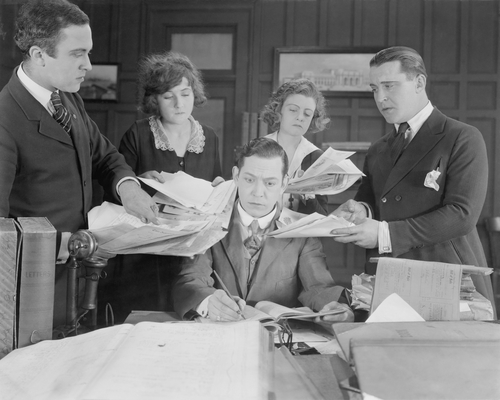Avoiding the Acceleration Trap
This is one of our free-to-access content pieces. To gain access to all Ideas for Leaders content please Log In Here or if you are not already a Subscriber then Subscribe Here.

Is your organization stuck in an ‘acceleration trap’? If you demand that your employees constantly give you the same level of accelerated effort, however committed they are, eventually their energy will burn out and the company’s performance will suffer. This Idea explains how to spot this trap, break free from it, and avoid getting stuck in this harmful position in future.
Perhaps at one time, ‘corporate burnout’ was attributed to few, mostly C-suite executives. Now, it is much more commonly experienced by employees at all levels of an organization. Increased competition and market pressures means organizations frequently take on more in terms of activities, goals, technologies, etc. than they can handle for a sustained period of time. This accelerated activity can bring about positive effects and success for a while, but problems begin when leaders try to continue at this increased pace, turning it the norm. Eventually, exhaustion begins to creep throughout the company; this is what Professors Heike Bruch and Jochen Menges refer to as “the acceleration trap.”
Through studies of over 600 companies over nine years, they found that over-accelerated companies exhibit at least one of three patterns of destructive activity:
Fortunately, Heike and Menges suggest a few ways to break free from the acceleration trap:
Though the suggestions above are helpful if you find your organization stuck in an acceleration trap, ultimately it is just as important to ensure that it does not happen again. Heike and Menges make a number of suggestions in their paper on how to change a “hurry-up” culture in organizations, some of which include the following:
Overall, the advice to CEOs is this: do not drive your company constantly to its limits. Relentless acceleration leads to loss of focus, an uncontrolled flood of activities, organizational fatigue, and — eventually — burnout.
The Acceleration Trap. Heike Bruch & Jochen I. Menges. Harvard Business Review (April 2010).

Ideas for Leaders is a free-to-access site. If you enjoy our content and find it valuable, please consider subscribing to our Developing Leaders Quarterly publication, this presents academic, business and consultant perspectives on leadership issues in a beautifully produced, small volume delivered to your desk four times a year.

For the less than the price of a coffee a week you can read over 650 summaries of research that cost universities over $1 billion to produce.
Use our Ideas to:
Speak to us on how else you can leverage this content to benefit your organization. info@ideasforleaders.com